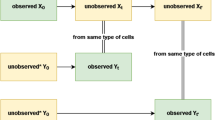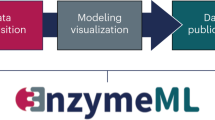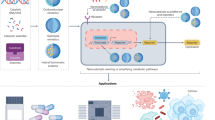Abstract
With the rise of Systems Biology as a new paradigm for understanding biological processes, the development of quantitative models is no longer restricted to a small circle of theoreticians. The dramatic increase in the number of these models precipitates the need to exchange and reuse both existing and newly created models. The Systems Biology Markup Language (SBML) is a free, open, XML-based format for representing quantitative models of biological interest that advocates the consistent specification of such models and thus facilitates both software development and model exchange.Principally oriented towards describing systems of biochemical reactions, such as cell signalling pathways, metabolic networks and gene regulation etc., SBML can also be used to encode any kinetic model. SBML offers mechanisms to describe biological components by means of compartments and reacting species, as well as their dynamic behaviour, using reactions, events and arbitrary mathematical rules. SBML also offers all the housekeeping structures needed to ensure an unambiguous understanding of quantitative descriptions.This specification presents the structures of the language and the rules used to build a valid model. SBML XML Schema and other related documents and software are also available from the SBML project web site, "http://sbml.org/":http://sbml.org/.
Similar content being viewed by others
Article PDF
Author information
Authors and Affiliations
Rights and permissions
About this article
Cite this article
Hucka, M., Finney, A., Hoops, S. et al. Systems Biology Markup Language (SBML) Level 2: Structures and Facilities for Model Definitions. Nat Prec (2007). https://doi.org/10.1038/npre.2007.58.2
Received:
Accepted:
Published:
DOI: https://doi.org/10.1038/npre.2007.58.2
Keywords
This article is cited by
-
PathCase-SB: integrating data sources and providing tools for systems biology research
BMC Systems Biology (2012)



